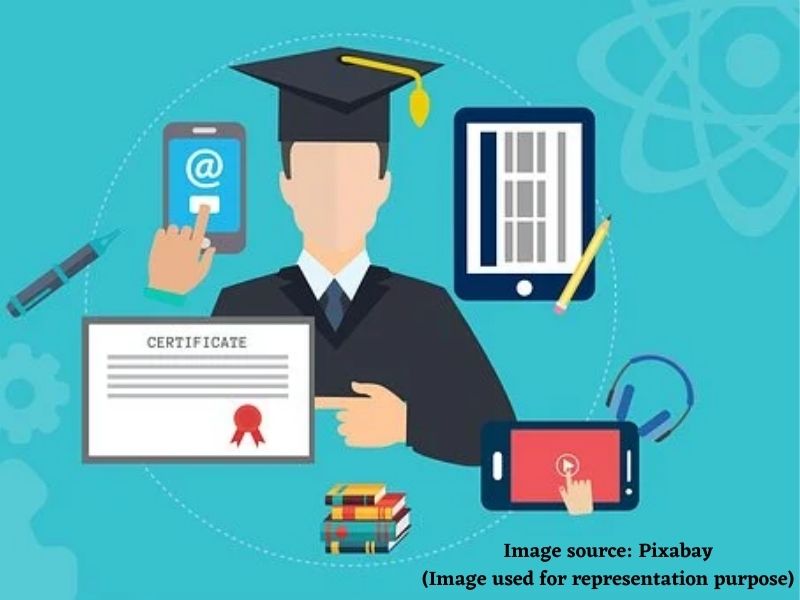– Charu Wahi, Principal, Nirmal Bhartia School
The modern world is ever-evolving and packs a challenge every step of the way. Times are changing and so is the need to keep up with it. We need to evolve to match its pace or we can get left behind. This is where education comes into the picture. Education is the most important tool or rather a weapon in our arsenal to arm ourselves with the right knowledge, skills, information and techniques to understand the world around us and in turn, keep up pace with the changing times. It also helps in developing a perspective; broaden our vision and outlook for the world, while nurturing our skills at the same time.
With the ever-changing requirements and demands of society or the world; the need for methods of obtaining or providing education has been evolving too.
The methods to impart or attain education have come a long way since the traditional times. With the onset of digitisation in every field, education is not an exception in any manner. Digitisation has had a major impact on education in every aspect, especially the acceptance of e-learning as the go-to method to keep up with the evolving needs.
E-Learning has been widely adopted due to its merits and ease of access and understanding. While ‘Blended Learning’ is covered in this umbrella of e-learning, this term, however, is quite ambiguous in itself. It widely encompasses the methods of teaching/learning that are an amalgamation of technology and digitization using the traditional teacher/instructor-guided classroom methods.
While it requires the presence of both the teachers and students, but there is certain control over some elements like time or place. This helps the students and teachers to customize their learning experience according to their needs and requirements. The best example to understand this concept properly is a ‘virtual classroom’; where students have access to online platforms for self-study and also have options for live online classes or consultation in a virtual classroom session.
Blended learning has come a long way since its global acceptance and it goes hand-in-hand with the digital citizenship component, which ensures better future-focused learning methods through proper integration to enhance teaching and learning by developing digital prowess of both the parties involved. It promotes balance between protective and promotional online activities so that the students and teachers can manage their online interactions safely and responsibly.
The combination of the benefits of online learning with the advantages of face-to-face instruction can also improve learning in ways mentioned below, that is impossible to achieve using only one method:
- Blended learning promotes a two-way learning experience which is possible through collaboration between the students and the instructors, which can increase substantially via an online training platform
- It facilitates increased access to resources for students and teachers which helps to improve attitude towards learning. This makes blended learning accessible to a wider array of learners worldwide
- It promotes better communication between learners which in turn results in a more engaging and beneficial learning experience
- It enhances teacher and student interaction which helps in better, customized and successful evaluations
- It makes it better for students as they can learn according to their capabilities and capacity
- It provides the flexibility of time and learning environment, where students can learn independently and helps them to be self-paced
- Apart from all these benefits, it also helps a student to inculcate virtues like responsibility and proper management of time
The digital ‘revolution’ surely has had its impact and more people have access to technology now more than ever before. The pandemic has served as a catalyst in the adoption of these methods, but this has become the common practice now and people involved seem to prefer these methods over the traditional ones. This gives rise to another concern, which is the lack of proper resources for the people on the opposite end of the spectrum, the teachers. Proper training of staff involved and development of infrastructure is required now that blended learning is being widely adopted. The education system needs to upgrade its resources to better cope with this change and serve the needs of students and teachers alike.
Also read: New era of blended learning has begun
